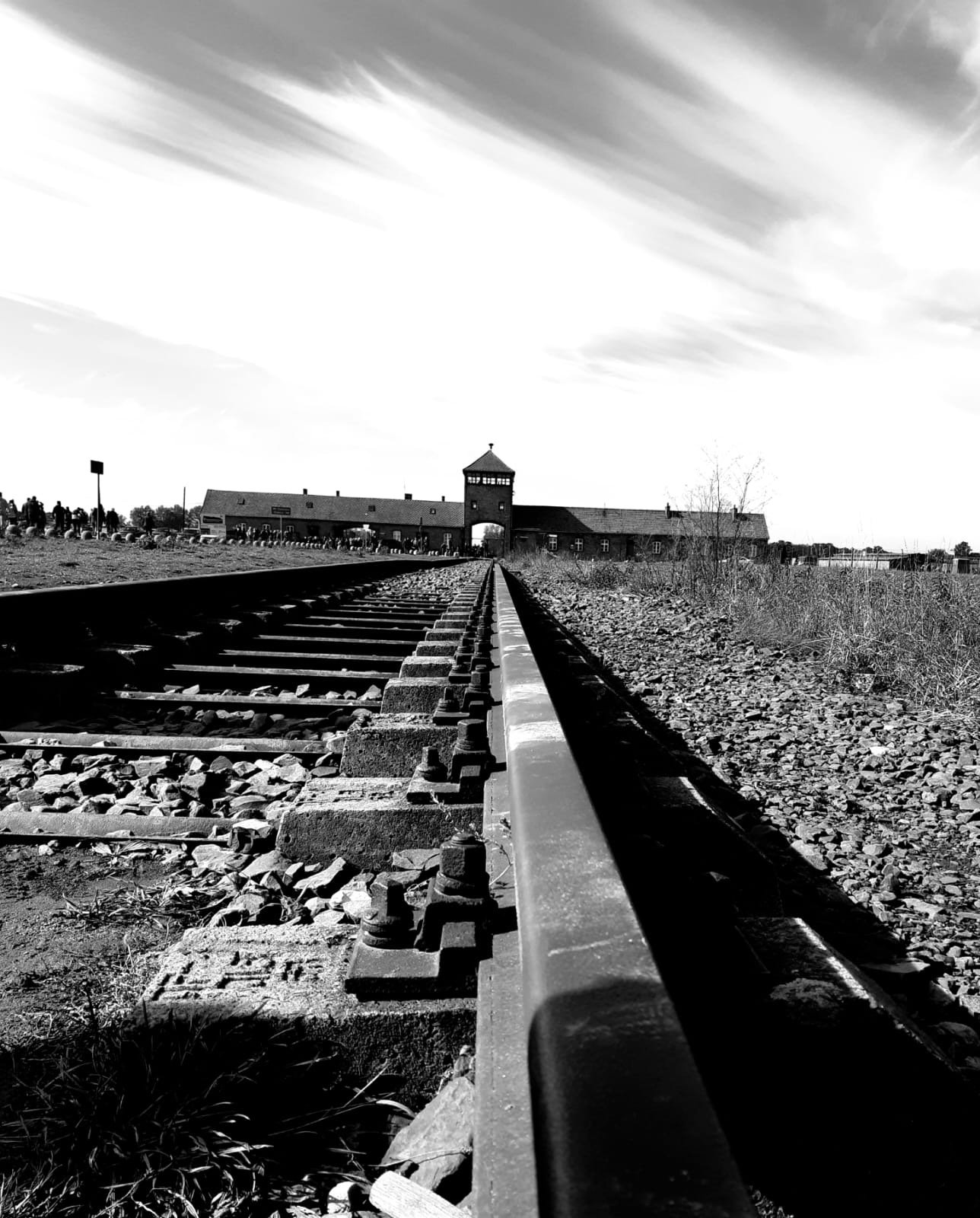Echoes of Resilience: A Personal Journey Through Auschwitz
Poland is a land of beauty, history, and unyielding spirit—its people resilient against centuries of foes. The Ottomans met Polish defiance at Vienna in 1683, a victory led by King John III Sobieski. Russia’s ambitions were checked in wars like 1605–1618, though partitions later erased Poland until its 20th-century rebirth. The Teutonic Knights faced crushing defeat at Grunwald in 1410. This is a nation forged between powers like Germany and Russia, each clawing at its soul.
And then you get to Auschwitz…
I almost began this blog by saying that everyone with a passion for history should visit Auschwitz. But that doesn’t quite capture it. Truthfully, anyone—everyone—should try to come here if they can, or at the very least, take the time to learn about what happened. It’s not just for history buffs; it’s for anyone willing to feel the weight of humanity’s past so we can (hopefully) learn the lessons from it.
Stepping into Auschwitz, the first thing that hits you is the sheer scale of it all. Walking through the grounds, you can’t help but sense the staggering number of lives once confined here worked to death—it’s a quiet, yet overwhelming realisation that settles into your bones as you walk around.
The tour began at Auschwitz I, the main camp and administrative heart of the operation. Originally a World War I camp for workers and later a Polish army barracks, it was transformed by the Nazis during World War II. At first, it held Poles—political figures, intellectuals, anyone educated or potentially bold enough to spark an uprising. Standing there, it truly struck: the Nazis weren’t just out to kill these people. They wanted to erase their culture, their identity, their very essence.
Instead of diving into facts and figures about the site, I’ve decided to use this piece to share what stirred in me as I moved through it—my own thoughts, raw and unfiltered, from that day.
Words feel inadequate when you stand before the piles of human hair—mounds of it, shaved from countless heads, gathered and spun into fabric. Or when you see the personal belongings stripped from the victims: glasses, prosthetic limbs, pots and pans, each item a quiet echo of someone’s life. These weren’t just things—they belonged to people, to human beings with stories, now silenced. It’s impossible to fully grasp, a reality that slips beyond comprehension.
And then your mind turns to the perpetrators, from the lowliest guards to the officers in charge. How does a person reach that place? At its tamest, it’s following orders to the letter, climbing the ranks, doing a job. But at its darkest, it’s something else—a sadism born from stripping away another’s humanity. The mocking irony of the Arbeit macht frei (“Work sets you free”) sign above the gate clashes with the horror of the standing cells, where prisoners were forced to stand all night, only to labour through the next day. It wasn’t just punishment or murder happening here. There was a twisted pleasure in the cruelty, a deliberate savoring of the suffering they inflicted.
Stepping into Auschwitz II—Birkenau—The vastness was breathtaking honestly. This wasn’t just a camp; it was a relentless machine, sprawling across the horizon with its rows of chimneys and skeletal barracks.
Walking the grounds, you couldn’t ignore the silence—it’s not peaceful, but oppressive, a void where countless voices were snuffed out. I did my absolute best to imagine climbing out of a cramped train, hours or possibly days in a wooden carriage with so many other scared souls only to see this place when the doors open… The scale dwarfs Auschwitz I, and with it comes a chilling shift: if the first camp whispered of control and erasure, this one screams extermination, and it’s completely unapologetic about it.
The train tracks cutting through the camp, ending at the gas chambers, where lives were reduced to ash in a matter of hours is a surreal dark thought. Seeing the ruins, the crumbled brick and twisted metal. It’s not just the numbers and the scale of this place, though they’re staggering; it’s the intimacy of it—the thought of families clinging to each other, of final breaths taken in those cold, shadowed spaces. There’s no making sense of it. What were those poor souls thinking? What were they going through during those moments? You simply can’t imagine it.
One of the demolished gas chambers.
And so, I’ve put my thoughts on record here, not to explain or dissect, but to express it as best as I can. Words stumble quite honestly, and maybe that’s for the best. Pictures speak louder than anything I could write. The images I carry, both in my mind and on my camera, hold the truth of Auschwitz: the rusted wire, the endless tracks, the stillness. They’re my witness, my proof of what I felt, and I’ll let them finish this story where my words fall short.




















